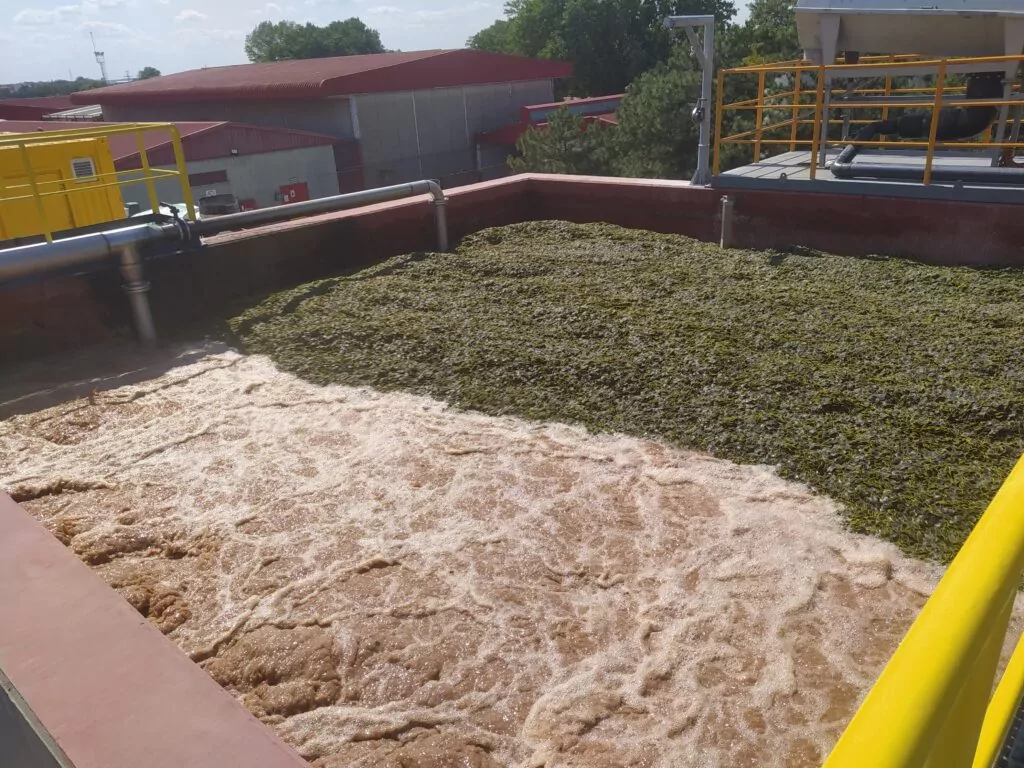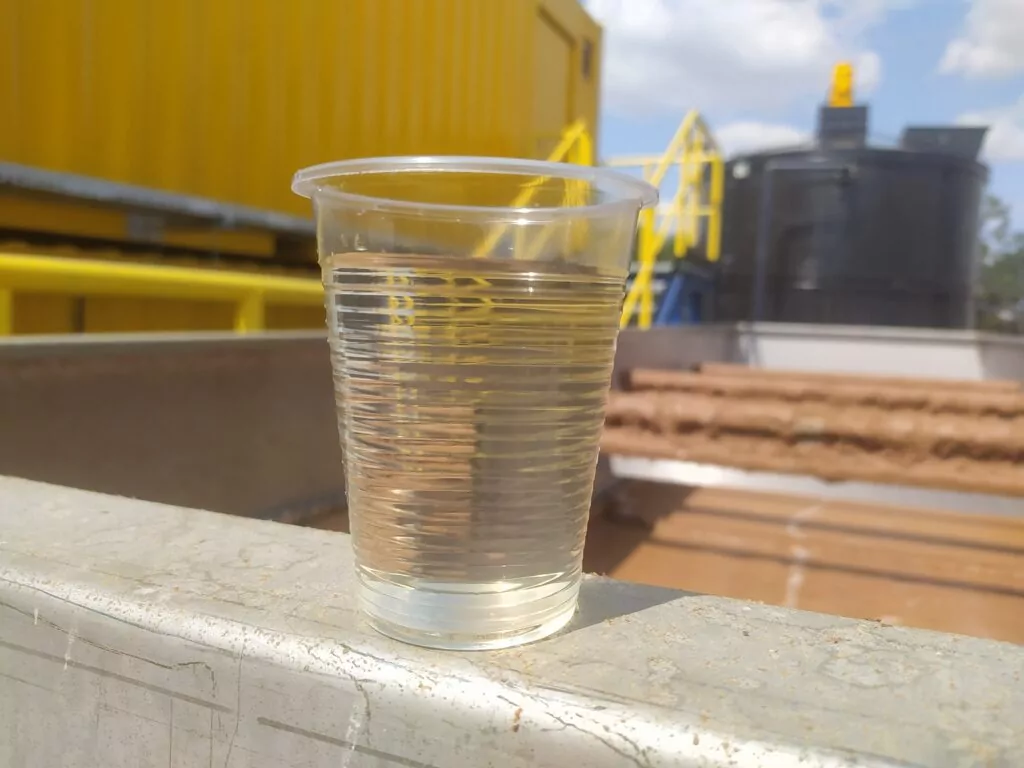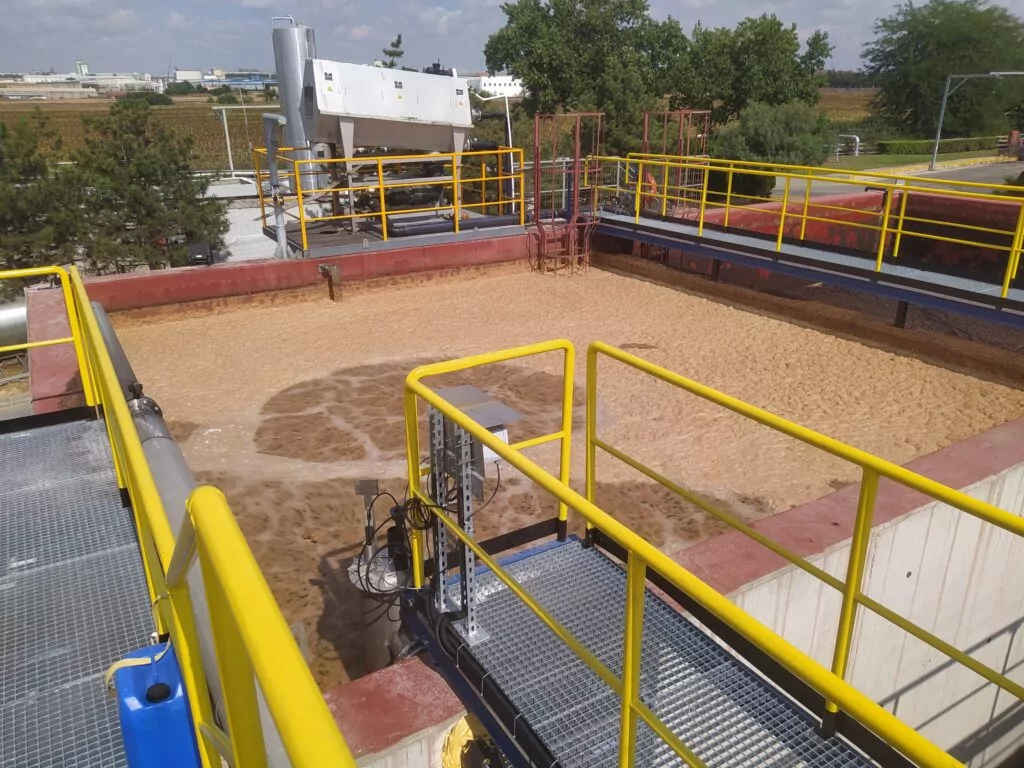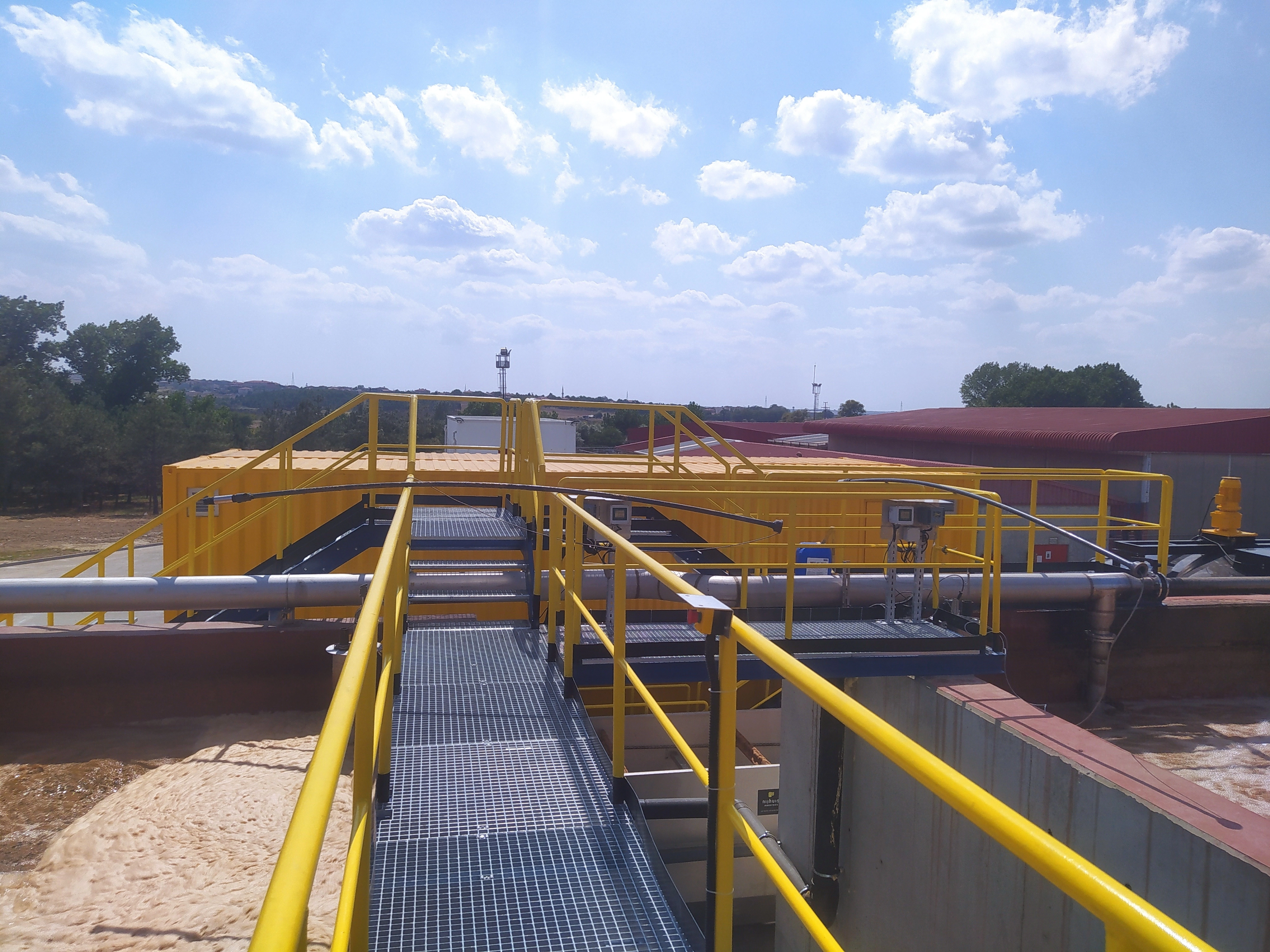Project's context & challenges
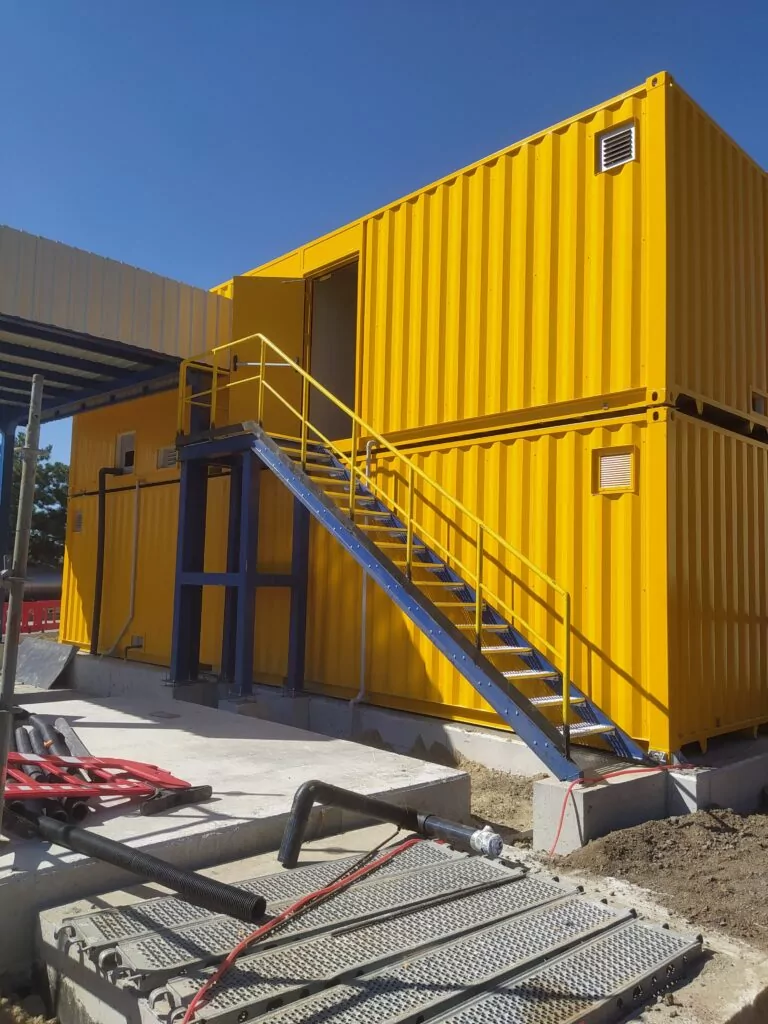
Responding to recent changes in local wastewater management, Unilever is developing a dedicated wastewater treatment plant (WWTP) for its Ice Cream production facility in Çorlu. Previously, the facility directed two wastewater streams through a Dissolved Air Flotation (DAF) unit for pre-treatment, then transferred the flow to the adjacent Margarine Plant WWTP for full treatment and discharge into the river. However, since a new owner acquired the Margarine Plant, external treatment is no longer available.
To gain full control over wastewater processing and ensure regulatory compliance, Unilever has chosen to build its own on-site biological treatment system. Under the new setup, the wastewater will receive biological treatment on-site before Unilever discharges it into the Organized Industrial Zone’s sewer system for final centralized treatment.
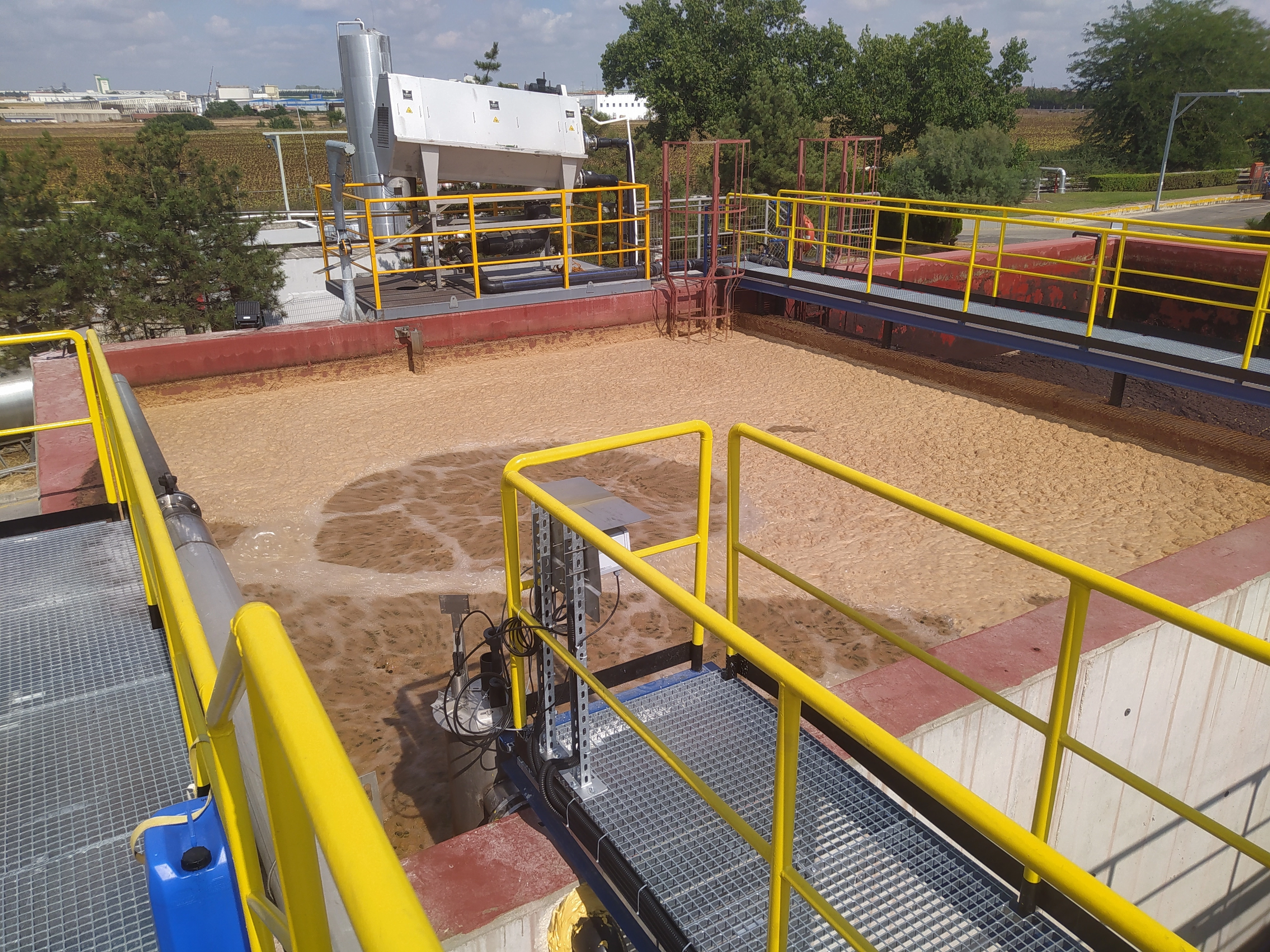
Key figures
750 m3/d
Design flow
~125 mg/l
Total suspendid solids (TSS)
<1000 mg/l
Chlorides
Solution
The current infrastructure includes a Nijhuis IPF 135 Flocculation / DAF unit and a newly constructed 950 m³ balance tank. This setup serves as the first stage of treatment, preparing the wastewater for subsequent biological processing.
Planned Extension – MBBR Biological Treatment
The proposed extension builds upon the existing pre-treatment system by integrating a Moving Bed Biofilm Reactor (MBBR). By adding this biological treatment stage, the facility can more effectively degrade organic pollutants present in the wastewater stream.
Specifically, MBBR technology uses specially engineered plastic biofilm carriers (biocarriers), which remain in constant motion within the treatment reactor. After pre-treatment, wastewater flows from the DAF unit into the MBBR tank, where microorganisms growing on the surfaces of the biocarriers consume and break down organic matter. To enhance efficiency, the biocarriers are designed to maximize the transfer of oxygen and nutrients to the biofilm, ensuring robust biological activity.
Moreover, oxygen is introduced through a bottom-mounted aeration grid powered by roots blowers. This system not only delivers the necessary oxygen for microbial activity but also keeps the biocarriers fully suspended and mixed throughout the reactor. As the biofilm matures, excess biomass naturally sloughs off the carriers and is continuously removed from the system.
Advantages of MBBR Technology
-
Compact Design: The high surface area of the biocarriers allows for efficient treatment within a smaller physical footprint.
-
Low Excess Sludge: Highly efficient biological processes result in minimal residual biomass.
-
Energy-Efficient Aeration: Root blowers, combined with an optimized aeration grid, reduce energy consumption while maintaining effective oxygen transfer.
